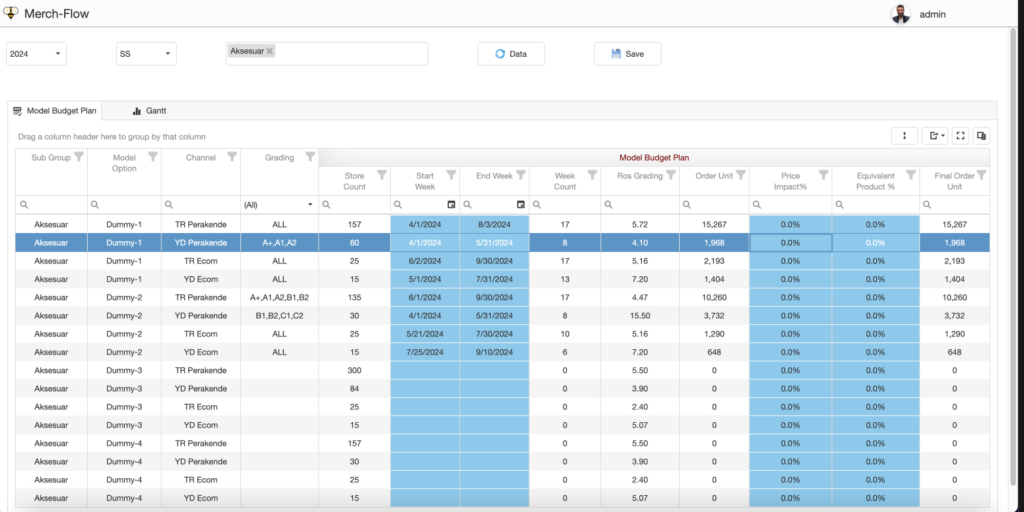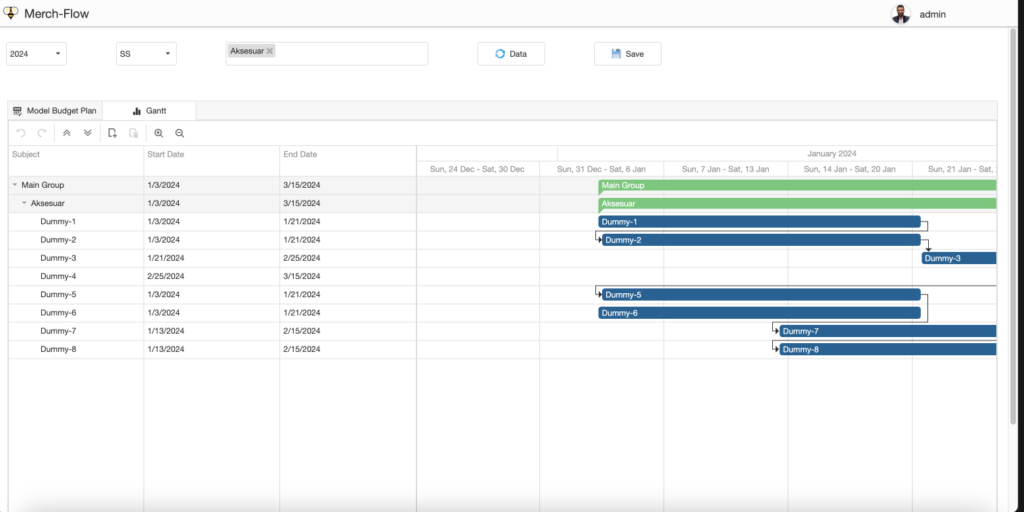Assortment Planning
What is Assortment Planning?
Assortment planning is the process by which brands and retailers systematically evaluate data to make informed decisions about the selection of products and variations to be sold in upcoming seasons, and align assortment strategies with financial plans. Assortment planners decide products to introduce in specific markets, channels, or locations, and at what times, aiming to sales, and brand consistency.
Through meticulous assortment planning, retailers can guarantee the availability of desired products, effectively meet customer preferences and drive revenue growth. The stakes are high in assortment planning, as everyone from the C-suite to operations, fulfillment and supply chain – all the way through to the planners, merchandisers and buyers – knows well.



